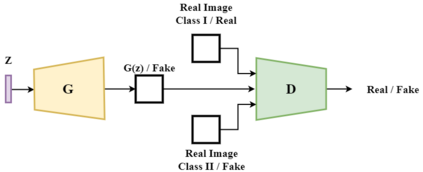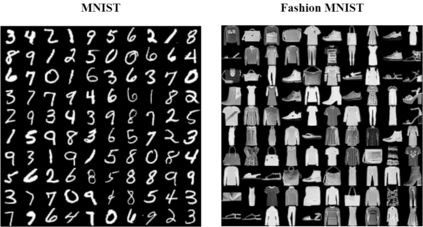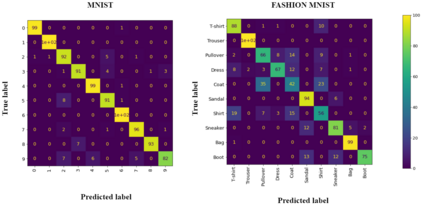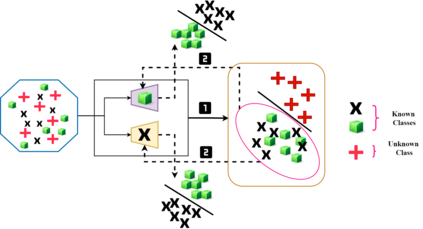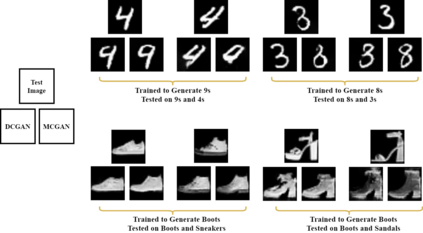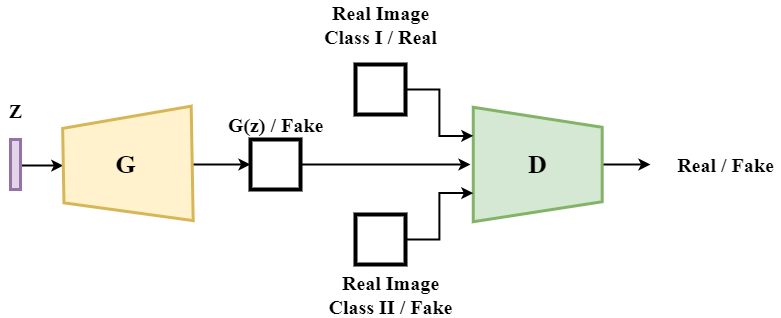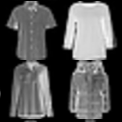From generating never-before-seen images to domain adaptation, applications of Generative Adversarial Networks (GANs) spread wide in the domain of vision and graphics problems. With the remarkable ability of GANs in learning the distribution and generating images of a particular class, they can be used for semi-supervised classification tasks. However, the problem is that if two classes of images share similar characteristics, the GAN might learn to generalize and hinder the classification of the two classes. In this paper, we use various images from MNIST and Fashion-MNIST datasets to illustrate how similar images cause the GAN to generalize, leading to the poor classification of images. We propose a modification to the traditional training of GANs that allows for improved multi-class classification in similar classes of images in a semi-supervised learning framework.
翻译:从生成从未见过的图像到领域适应,General Adversarial Networks(GANs)的应用在视觉和图形问题领域广泛分布。由于GANs在学习某一类图像的传播和生成方面具有非凡的能力,因此可以用于半监督的分类任务。然而,问题是,如果两类图像具有相似的特性,GAN可能会学会概括和阻碍这两类的分类。在本文中,我们使用来自MNIST和时装-MNIST数据集的各种图像来说明类似图像如何导致GAN普遍化,导致图像分类不良。我们建议修改GANs的传统培训,以便能够在半监督的学习框架内改进类似图像类的多级分类。

